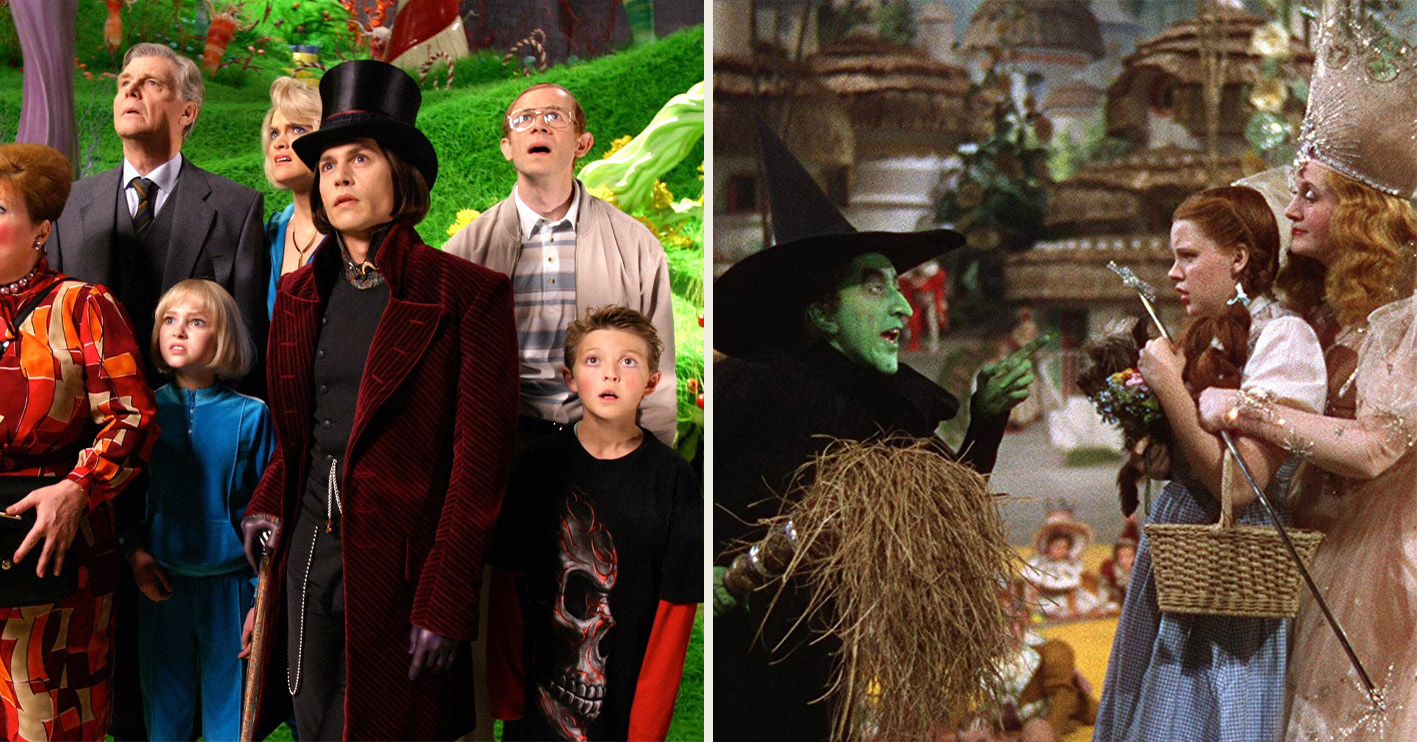They’re remaking everything these days. From Disney pumping out live-action rehashes to constant nostalgia-fest reboots, it almost seems like nobody has any original ideas anymore.
Still, whether this is good news or bad news, the ignoble tradition of remaking movies isn’t just a 21st century fad. In fact, films have been remade over and over for decades.
Amidst all of the different versions, and with new films constantly spilling down on us like stinking landfill, it’s worth sorting the good remakes from the garbage. And so, we’ve made a handy guide to help you figure out which remakes are better than the originals, and which are so, so much worse.
[rtk_adunit_top]
Better – The Mummy

Keep your hair on – we’re not talking about Tom Cruise’s 2017 effort. That film was dark, confused, and a blatant cash grab based on Universal’s historic intellectual property.
We’re on firmer footing with the 1999 reboot starring Brendan Fraser, which is instead a bright, action-packed cash grab.
1932’s original The Mummy, which stars Boris Karloff as the titular bandaged man, focuses far more on the romantic aspect of the story, with Karloff’s Imhotep pursuing a woman he believes is a reincarnation of his lost love.
We’re not here to criticise old-school Karloff monster horror, but it’s fair to say that, nowadays, the film comes off as somewhat dated and niche.
[rtk_adunit_middle]
Worse – The Italian Job

With some remakes, you wonder if the creators even watched the original film. That’s definitely the sense you get from 2003’s The Italian Job, which takes the beloved characters of the Michael Caine-led original and repeatedly runs them over in a Mini Cooper until they’re unrecognisable husks, with the husks played by the likes of Mark Wahlberg, Seth Green and rapper Mos Def.
True, hints of the original film can be found in the 2003 movie: the plot centres on a bullion heist, and it does indeed feature three Mini Coopers (albeit souped-up, contemporary models), but this American remake is still missing the British heart of the 1969 original.
Most of all, the original Charlie Croker is the kind of charming, gentleman criminal that has a rich history in British cinema – and Marky Mark simply doesn’t compare to Michael Caine.
[rtk_adunit_bottom]
Better – Cinderella
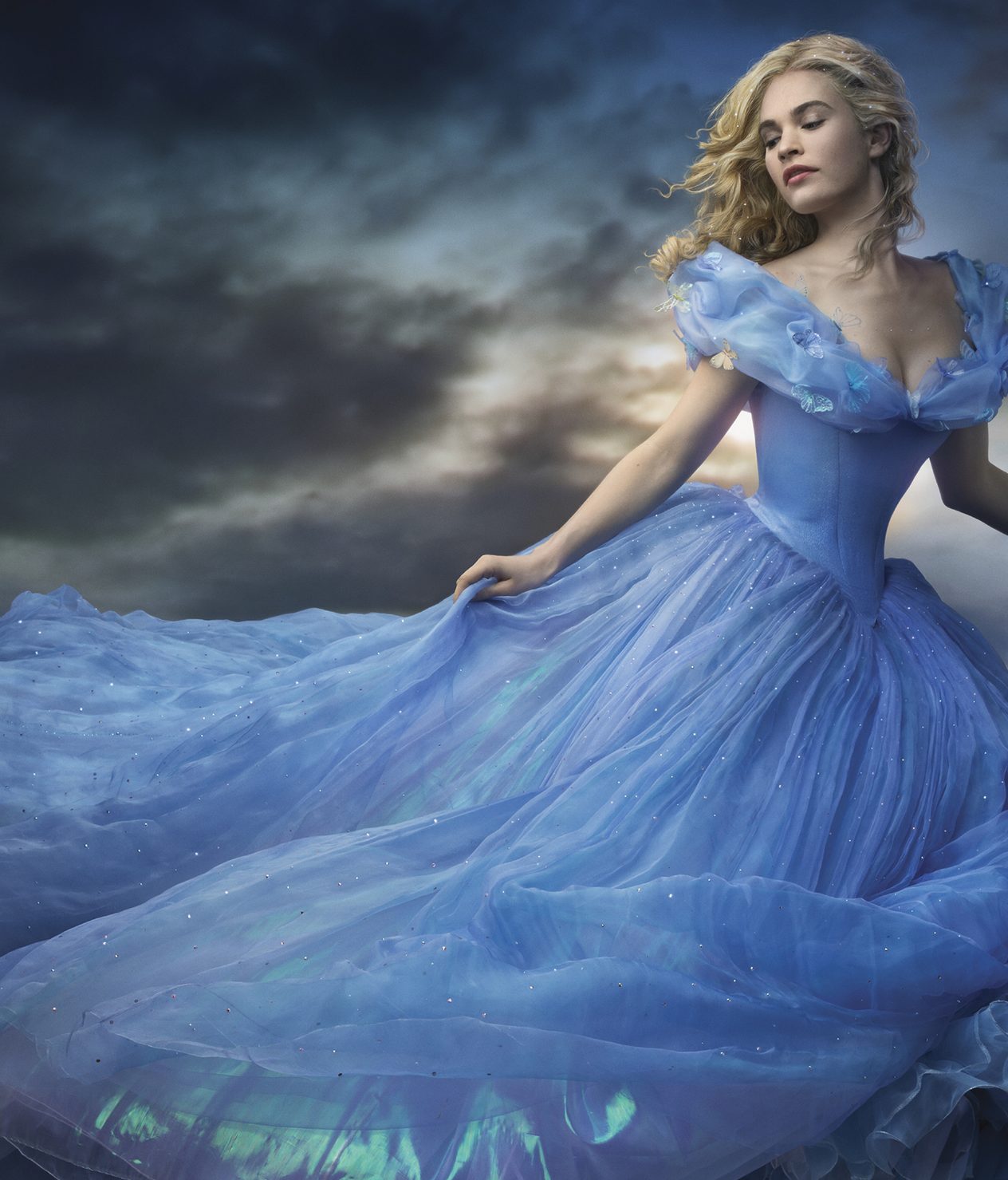
We could write an entire list on Disney’s hit-and-miss live-action remakes. And yet, as much as it seems like the House of Mouse just rolls dice and remakes whatever property it lands on, it’s worth remembering that Disney started its new era off with a real gem.
While 2015’s Cinderella was released after Tim Burton’s Alice in Wonderland, itself a remake of a 1950s animated film, it was Disney’s classic princess tale that cemented the studio’s current trend of live-action adaptations.
Plus, it’s just better: Alice in Wonderland might be a Burton-infested weirdo parade, with its own crowd of admirers, but Kenneth Branagh’s version of Cinderella is deft and sincere. Even better, it adds new depth to the skin-deep characters of the animated film.
[rtk_adunit_top]
Worse – Beauty and the Beast
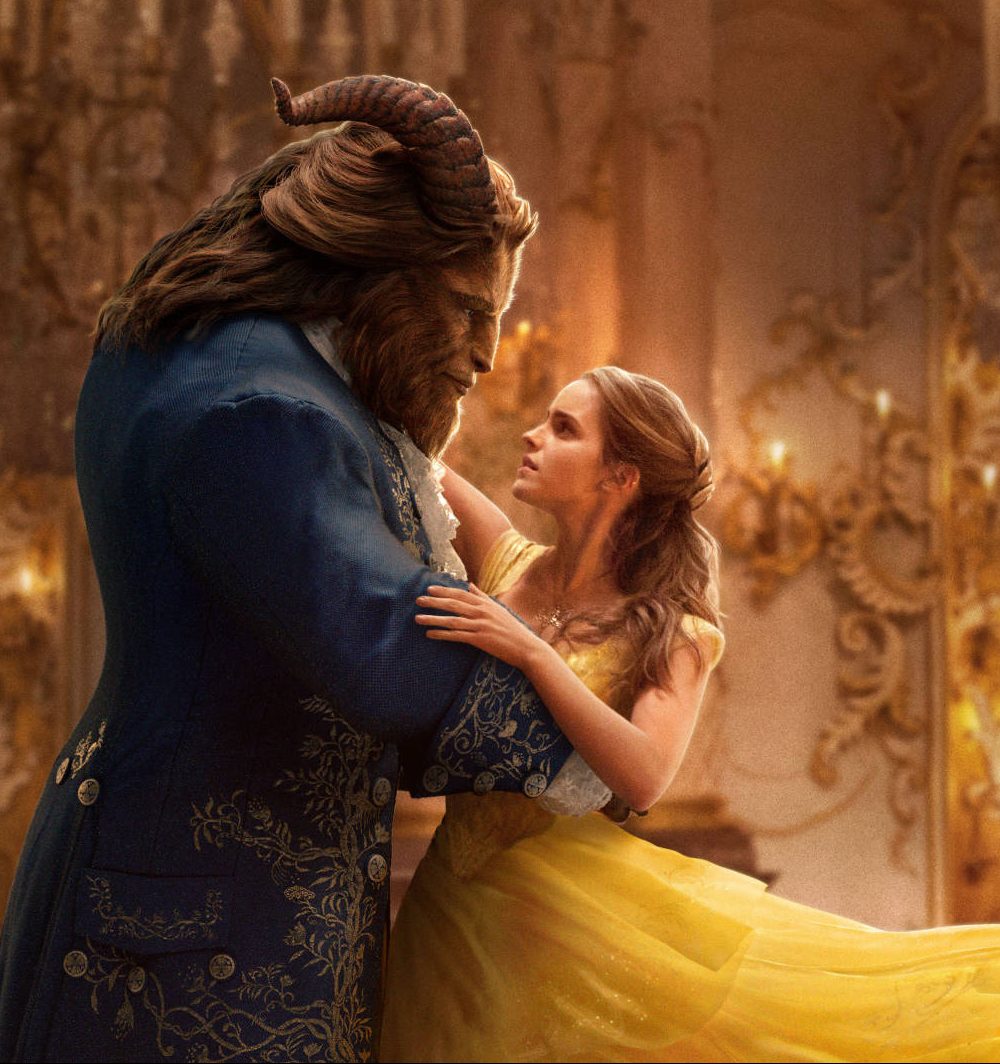
Unfortunately, Disney’s run of live-action success wouldn’t last. 2017’s Beauty and the Beast is so full of stars it technically counts as its own galaxy, and it made a brain-melting $1.264 billion at the box office – but still, something isn’t quite right about the movie.
Perhaps it’s Emma Watson’s autotune-riddled turn as Belle, or the film’s muddled feminist revisions of the original (Belle is smart and capable enough to invent a washing machine, but still gets stuck with the washing?), or the uncanny valley versions of the castle furniture, or Ewan McGregor’s questionable French accent, or the ugly CGI Beast, or the Oscar-baiting dirge of the movie’s new song, Evermore.
Or maybe it’s all of those problems and more besides. Still, the film did make one incredible contribution to modern culture: Luke Evans’ pitch-perfect performance as Gaston. Oh, and the shot in which Belle gets absolutely decimated by a snowball.
[rtk_adunit_middle]
Better – Little Shop of Horrors

It’s recently been revealed that we’re getting a new version of Little Shop of Horrors, starring Taron Egerton and Scarlett Johansson, but the blowback against the announcement of yet another remake is short-sighted: Rick Moranis‘ Little Shop of Horrors is itself an adaptation of an off-Broadway musical that was an adaptation of a 1960 film. Oh, the tangled webs that cinema weaves.
The 1960 film, directed by Roger Corman, has everything you’d expect from a cult film about a giant plant, but there’s a reason why the 1986 film is considered the definitive version.
Well, two reasons: The first is that it was directed by Frank Oz, the Muppets impresario who – along with Lyle Conway – constructed an enormous Audrey II that artfully balances a cartoonish look with delicious horror.
[rtk_adunit_bottom]
Worse – Footloose
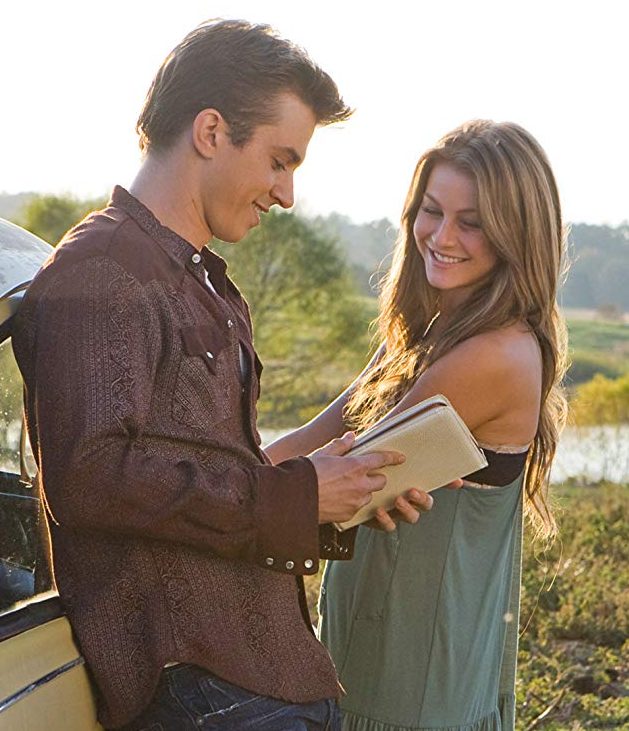
Is there anything more 80s than a high school film about dancing? 1984’s classic Footloose is unforgettable, with a young Kevin Bacon set on trying to overturn a small town’s Orwellian ban on dancing.
Transplant this storyline to 2011, however, and the result is a frankly low-rent retelling. The Footloose remake was initially set to star Zac Efron, but when the High School Musical star cut loose he was replaced by the unknown Kenny Wormald – which is the name of a real person, and not a character played by Kevin Bacon.
That’s not to say the remake entirely lacks star power – it stars Whiplash’s Miles Teller in a supporting role, as well as rom-com legend Andie MacDowell – but such minimal wattage simply isn’t enough to match the anarchic energy of the original.
[rtk_adunit_top]
Better – Dredd

Superhero movies were patchy in the 90s. For one thing, Batman seemed to have put his cowl on backwards with the dreadful Batman & Robin, and we’d have to wait until the tail end of the noughts to begin the MCU.
[rtk_adunit_top]
Caught in this maelstrom of sub-par supers was 1995’s Judge Dredd, a Sylvester Stallone vehicle that said a lot more about Taco Bell than about the character’s themes of dystopia and justice. In fact, it’s been described as one of Stallone’s worst films.
Step forward Dredd, a 2012 remake of Stallone’s original that threw out the aggravating Taco Bell product placement, and subbed in dialogue you can actually understand.
[rtk_adunit_middle]
Unfortunately, it was also out with the box office revenue and in with the sequel-cancelling losses. It’s not clear exactly how much money the 2012 Dredd might have lost, especially since it sold well on home media – but, whatever the figures, this is an underrated gem.
Future outings for the Judge hang in the balance. A TV series under the working title of Judge Dredd: Mega City One has been stuck in development hell for several years, with no word yet as to a release date.
[rtk_adunit_bottom]
Worse – Charlie and the Chocolate Factory
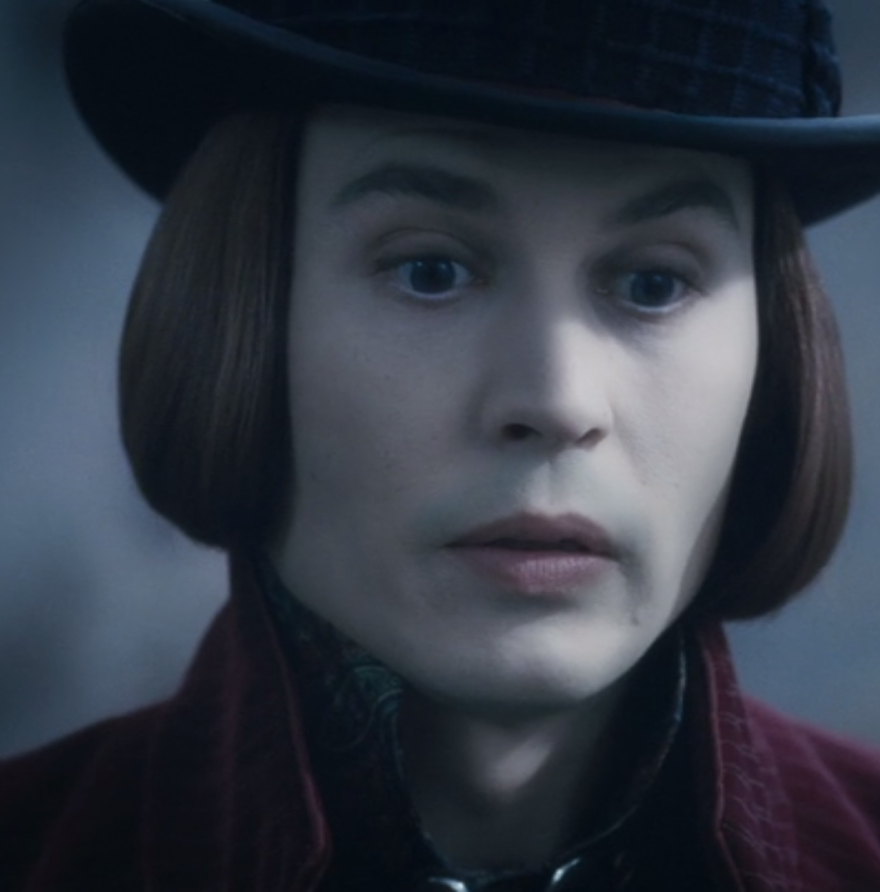
Years from now, scholars will debate the exact moment that Tim Burton peaked. You might argue it was 2010’s Alice in Wonderland, which sees Matt Lucas’ face transplanted on to egg people.
[rtk_adunit_top]
You might argue it was Beetlejuice, way back in 1988, when Burton’s disquieting, madcap style first came to the fore. But for us, it was 2005’s Charlie and the Chocolate Factory, which was indulgent in all the wrong ways.

1971’s Willy Wonka & the Chocolate Factory saw the late, great Gene Wilder star as the deranged chocolatier, and he brings a subtle creepiness to the role that Johnny Depp would severely lack in the 2005 remake.
Depp leans too far into the character’s eccentricities, including a frequent snapping of leather gloves that feels distinctly out of place in a children’s film.

Plus, the vibrant technicolor and songs of the 1971 original are dropped in favour of a washed-out palette and extra, meaningless story – presumably inserted in an attempt to be more faithful to the Roald Dahl tale, but really just padding out Depp’s screen time.
[rtk_adunit_bottom]
Better – The Wizard of Oz
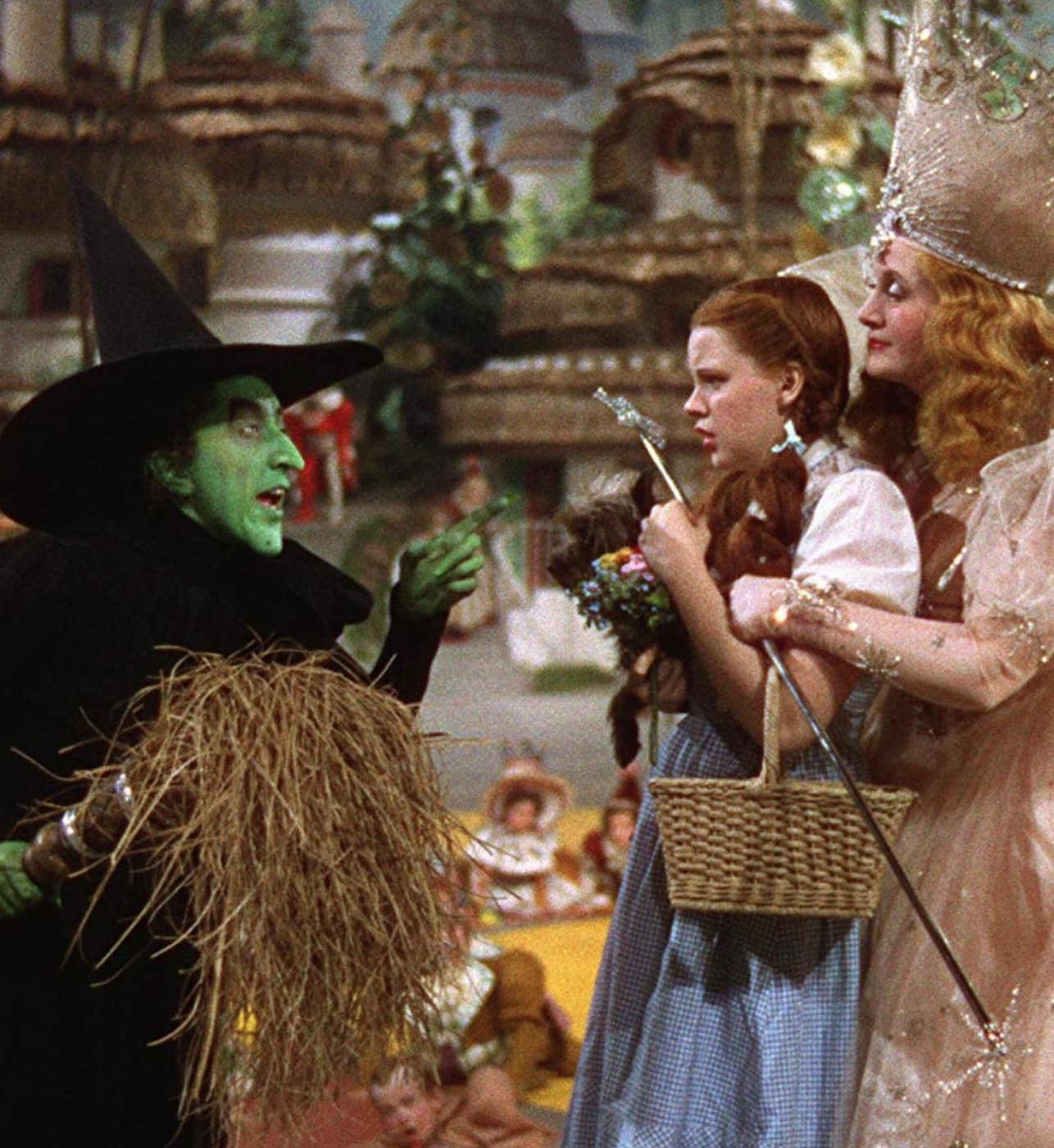
Did you even know that The Wizard of Oz was a remake? Yes, we’re talking about the seminal Judy Garland classic, featuring a young farm girl transported to a magical land full of flying monkeys and roads made of bricks (instead of more practical, durable materials).
[rtk_adunit_top]
The 1939 film was preceded by a 1920 silent film, directed by Larry Semon and starring Semon himself as the Scarecrow. Meanwhile Semon’s wife, Dorothy Dwan, plays Dorothy, and Oliver Hardy is the Tin Man.
The silent film focuses more on – you guessed it – the Scarecrow, and even has the Tin Man betray his companions to gain the favour of Prime Minister Kruel.
There aren’t even any witches. By contrast, the 1939 version is in famously glorious technicolor, and it isn’t exactly controversial to suggest that Judy Garland’s star power completely eclipses that of Dorothy Dwan.
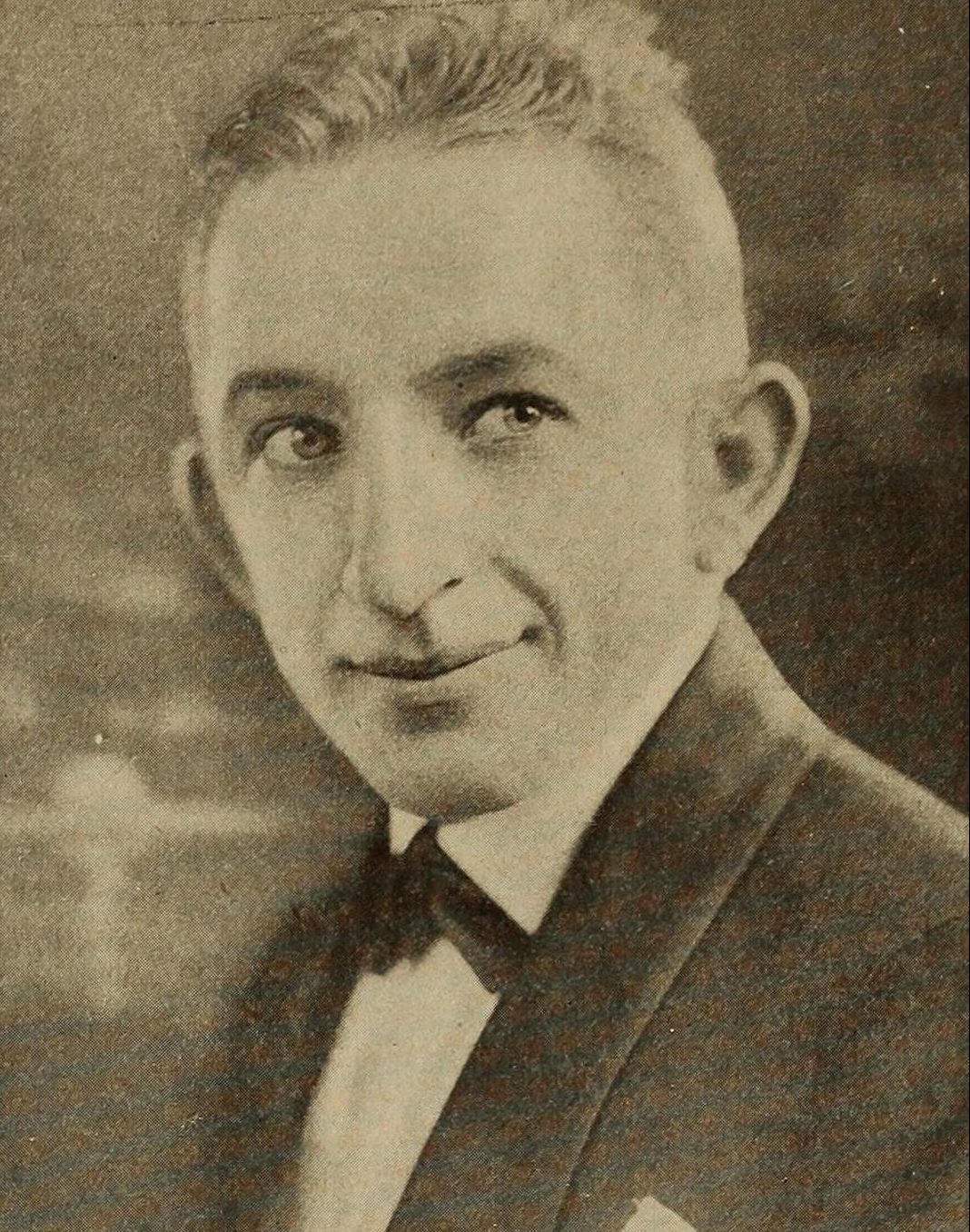
This film is an upgrade on every level, unless you’re especially interested in the filmography of Larry Semon. Then again, who isn’t?
[rtk_adunit_bottom]
Worse – The Magnificent Seven

Part of a 60s trend to adapt Japanese cinema through a Western lens, 1960’s The Magnificent Seven is itself a remake of Akira Kurosawa’s groundbreaking Seven Samurai. But, distinct from remakes of international films, what we’re taking issue with here is 2016’s unforgivable regurgitation of the tragic gunslinger epic.
[rtk_adunit_top]
On paper, the 2016 film makes sense. Starring quirky heartthrob Chris Pratt, the always-reliable Denzel Washington and a pair of interesting curveballs in Ethan Hawke and Vincent D’Onofrio, the film was also directed by reliable action filmmaker Antoine Fuqua.
Unfortunately, the remake struggles with a sense of purpose; this is the cinematic version of ‘if it ain’t broke, don’t fix it.’
1960’s Yul Brynner-led movie is a John Sturges classic, and its cast far outshines that of the more recent effort, with Charles Bronson, Steve McQueen, Robert Vaughn and James Coburn (to name only a few) all in the mix.

Some fun action scenes aside, 2016’s The Magnificent Seven is entirely eclipsed by its predecessor. Without looking, can you name more than two of the stars we just mentioned? It’s not that they aren’t famous, it’s that their presence here is utterly forgettable.
[rtk_adunit_bottom]
Better – Heat

Is Heat a remake? Well, we’re counting it as one, even if it’s effectively a remake of itself. The story of how Heat finally reached the silver screen is a winding one, but thankfully the Al Pacino-led end product was more than worth it.
[rtk_adunit_top]
Screenwriter-producer-director Michael Mann initially wrote Heat as an unsolicited, 180-page manuscript. After that was rejected by studios, Mann slimmed the screenplay down to 90 minutes and used it as a script for a TV pilot with Scott Plank in the lead role.

The network disliked Plank’s performance and requested a recast, but Mann declined, and the entire show ended up being cancelled as a result. Still, the pilot would be released as a TV movie under the name LA Takedown in 1989.
LA Takedown was relatively successful, but still lives entirely in the shadow of its successor, Heat, which brought a galaxy-studded cast including Al Pacino, Robert De Niro and Val Kilmer to the table.
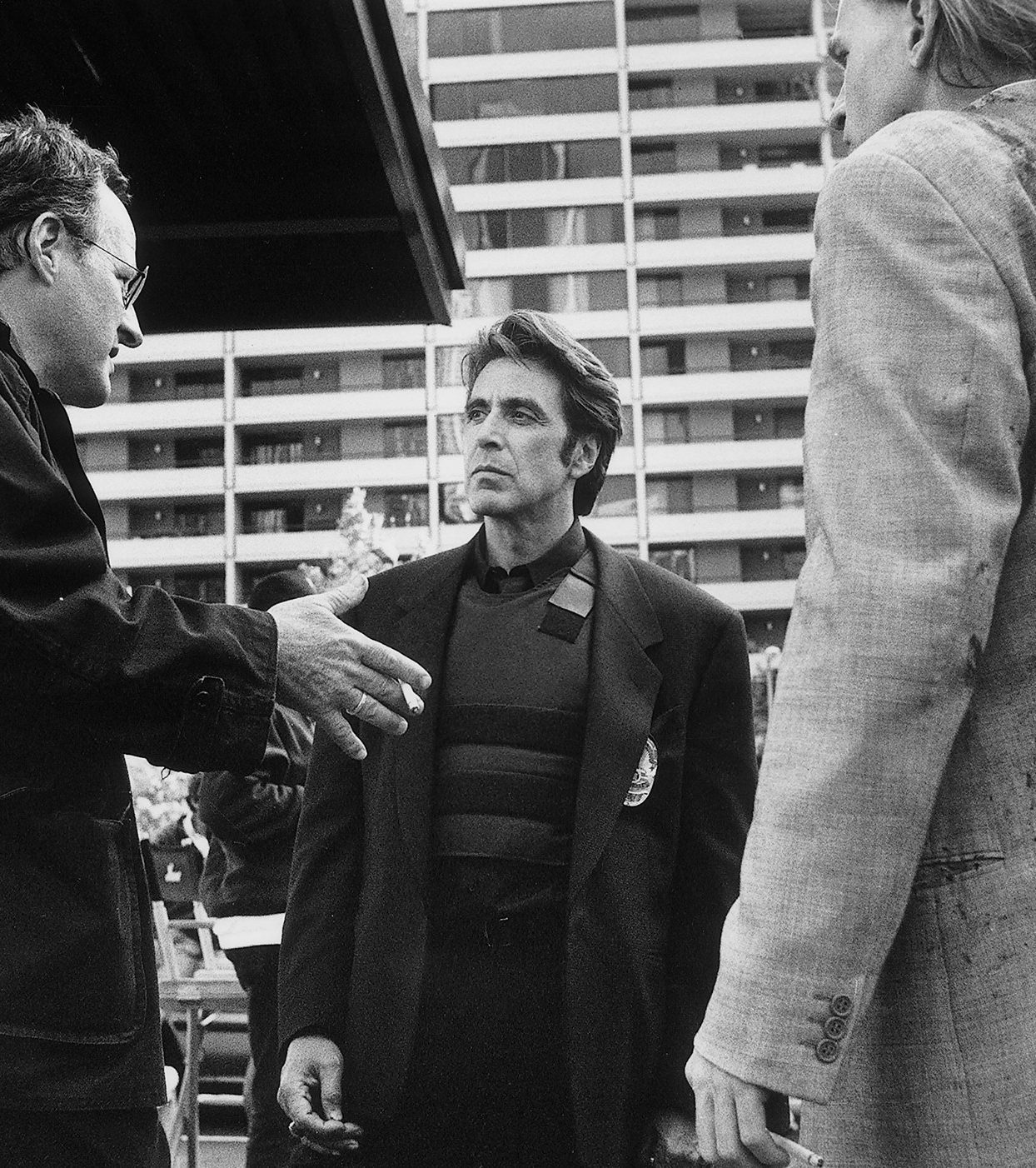
Heat also includes several subplots that the distinctly lower-budget LA Takedown was forced to omit, meaning you’re unlikely to enjoy the latter unless you’re a big fan of Scott Plank. Then again, who isn’t?
[rtk_adunit_bottom]
Worse – RoboCop

1987’s RoboCop is an absolute classic, and probably one of the greatest movies of the decade. From its brutal violence to its utter silliness (rubber guns, anyone?), it’s a film that’s got it all. Not so for 2014’s RoboCop.
[rtk_adunit_top]
You don’t need us to tell you that nostalgia is powerful – that’s why we’re here. Sadly, when you indulge in nostalgia for the sake of it, without realising what made the originals so great, you end up with remakes you wouldn’t even buy for a dollar.

The 2014 RoboCop was directed by José Padilha, and even brought on board the original 1987 writing team of Edward Neumeier and Michael Miner. Its supporting cast includes talent like Michael Keaton and Samuel L Jackson. Yet still something isn’t quite right.
Perhaps that has something to do with the unique circumstances of the original: RoboCop was a flight of fancy taken on by director Paul Verhoeven, and little was expected of it. On the other hand, 2014’s RoboCop had nearly three decades to build anticipation.
Instead, RoboCop 2014’s supposed skewering of corporations is a little soft. In the words of Peter Bradshaw in The Guardian, the film is little more than “a dumbed-down shoot-em-up.”
[rtk_adunit_bottom]
Better – Casino Royale
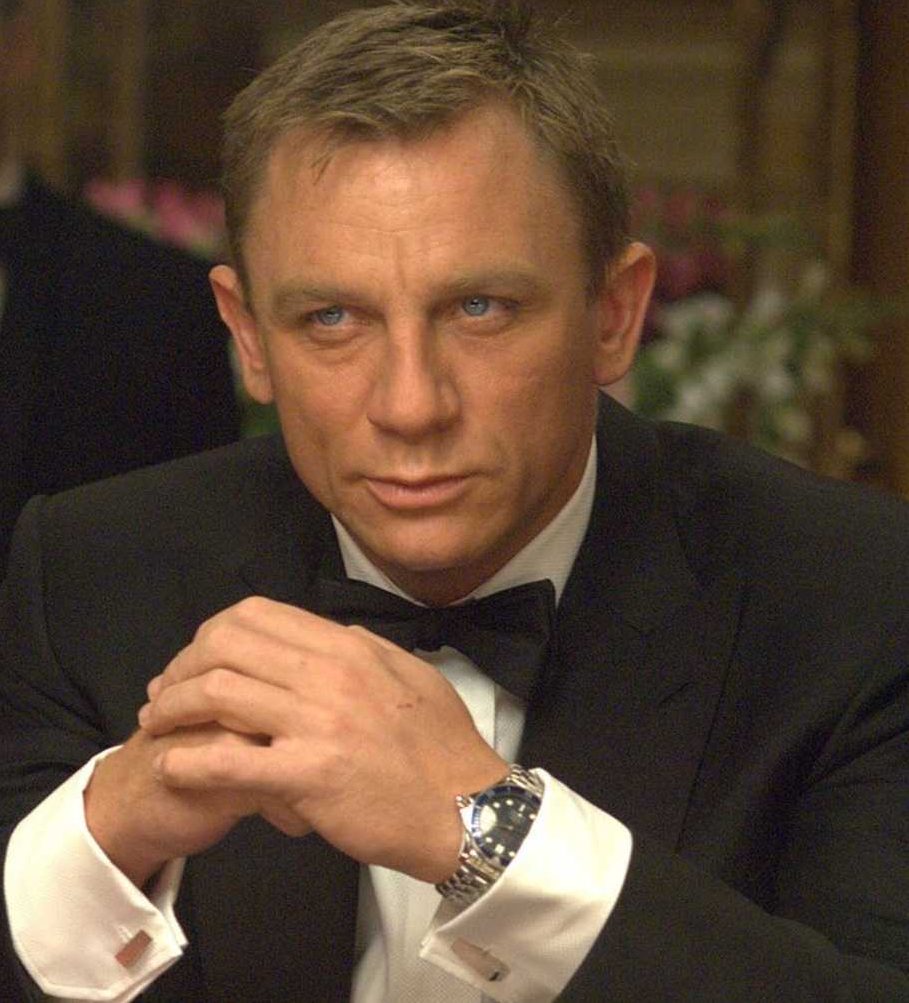
The Bond franchise has certainly had its ups and downs, but even then there are still black sheep that nobody likes to talk about. The best-known of these is probably 1983’s Never Say Never Again, the unofficial Bond entry in which Sean Connery makes an ill-fated return. The other is 1967’s Casino Royale.
[rtk_adunit_top]
Loosely based on Ian Fleming’s first novel, 1967’s Casino Royale sees screen legend David Niven take up the role of Bond, but not as we know him. The film is an out-and-out farce, though it unexpectedly took home an Academy Award for Burt Bacharach’s The Look of Love.
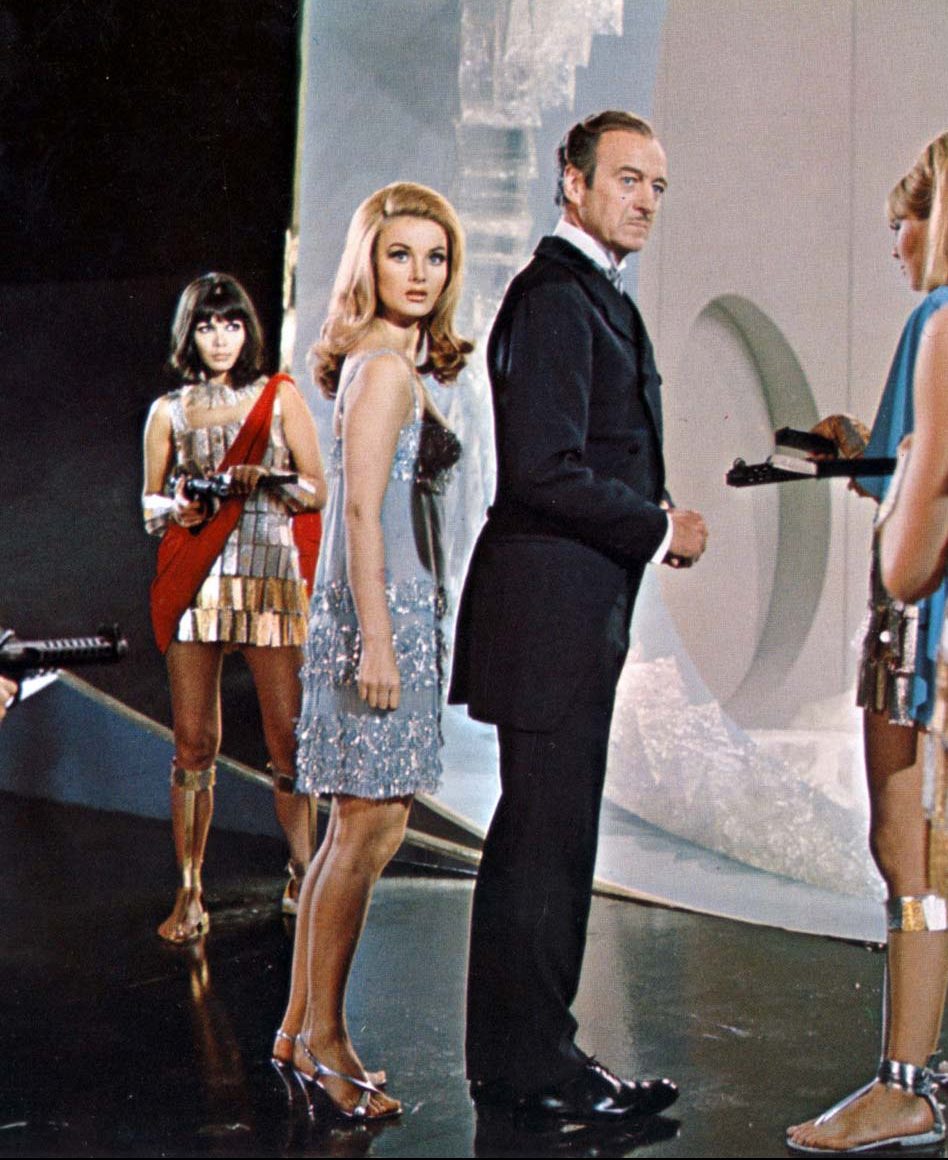
After the ignominy of the film (at least in the eyes of Eon Productions, the company behind the original Bond films), the story of Casino Royale lay untouched for decades. That is, until Daniel Craig was cast as 007.
Then a ‘young Bond’, Craig’s turn as Britain’s top secret agent is a brutal affair that eviscerates the whimsy of its predecessor. Casino Royale is a remarkable thrill given that it’s basically about a card game against a man called Number.

As the first film of Craig’s era, Casino Royale proved that anything was possible. Unfortunately, Quantum of Solace was also possible.
[rtk_adunit_bottom]
Worse – Ben-Hur
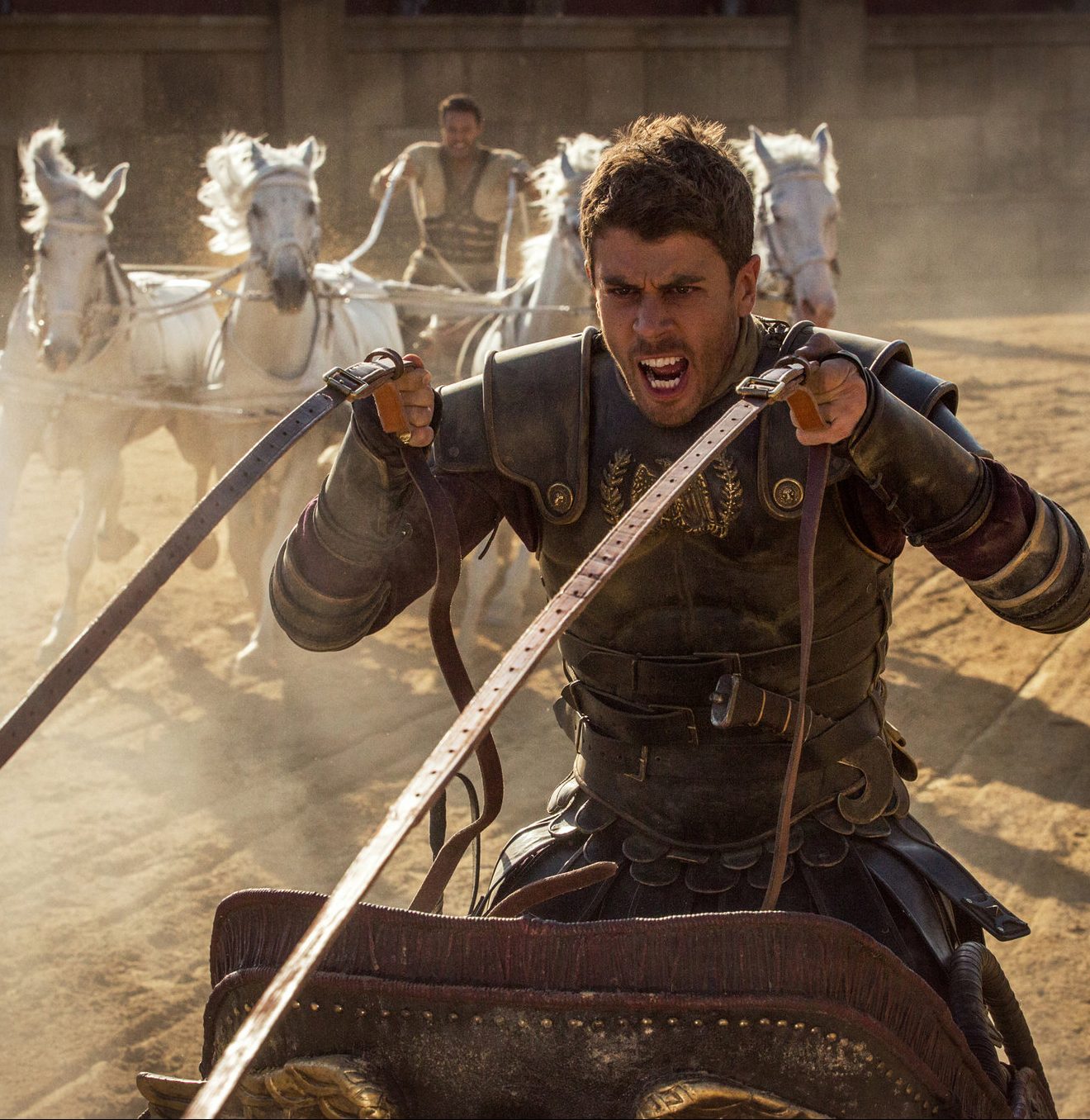
1959’s Ben-Hur is an epic historical drama, and the scale of the production matched its vaulted ambition: it had the largest budget and largest set of any film that had come before; it involved 2,500 horses and 10,000 extras; and its chariot chase sequence has become one of the most recognisable and acclaimed action sequences of all time.
[rtk_adunit_top]
So, all in all, not exactly crying out for a remake. Yet, in 2016, everyone in the film industry collectively lost their minds and decided to make and then distribute a Ben-Hur rehash.
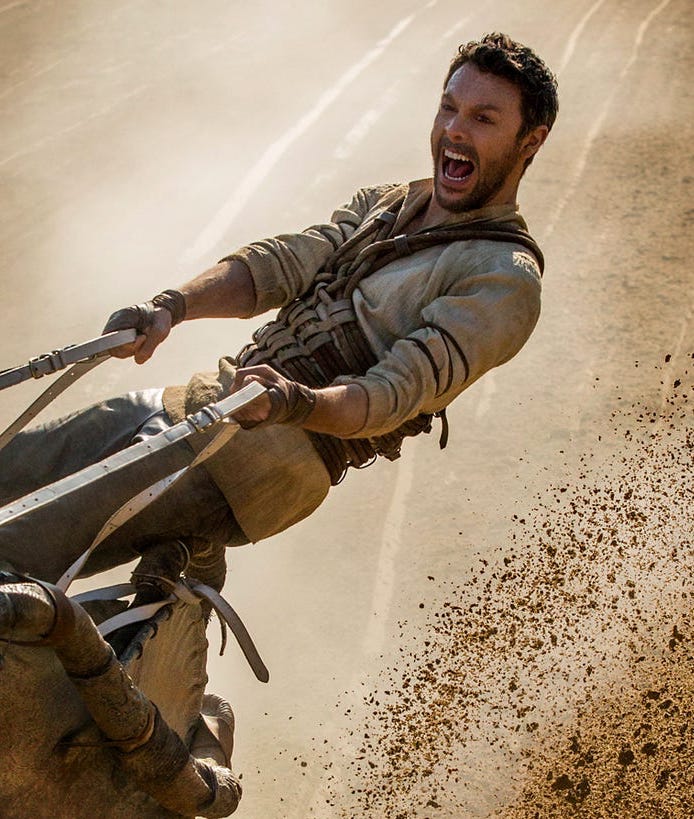
With a cast led by Jack Huston (who also starred in Pride and Prejudice and Zombies that year), 2016’s Ben-Hur was described as a “new interpretation” of the story in the months before its release. Unfortunately, that sounds more like furious back-pedalling than an actual artistic decision.
[rtk_adunit_middle]
That’s not to suggest that the 1959 Ben-Hur is the only version; the film is itself a remake of a 1925 silent film by the same name, and all adaptations are based on the 1880 Lew Wallace novel Ben-Hur: A Tale of the Christ.

2016’s Ben-Hur is a classic case of ‘don’t bite off more than you can chew.’ Even better, don’t bite at all. Stick to whatever the film equivalent of soup is, please.
[rtk_adunit_bottom]
Better – The Fly
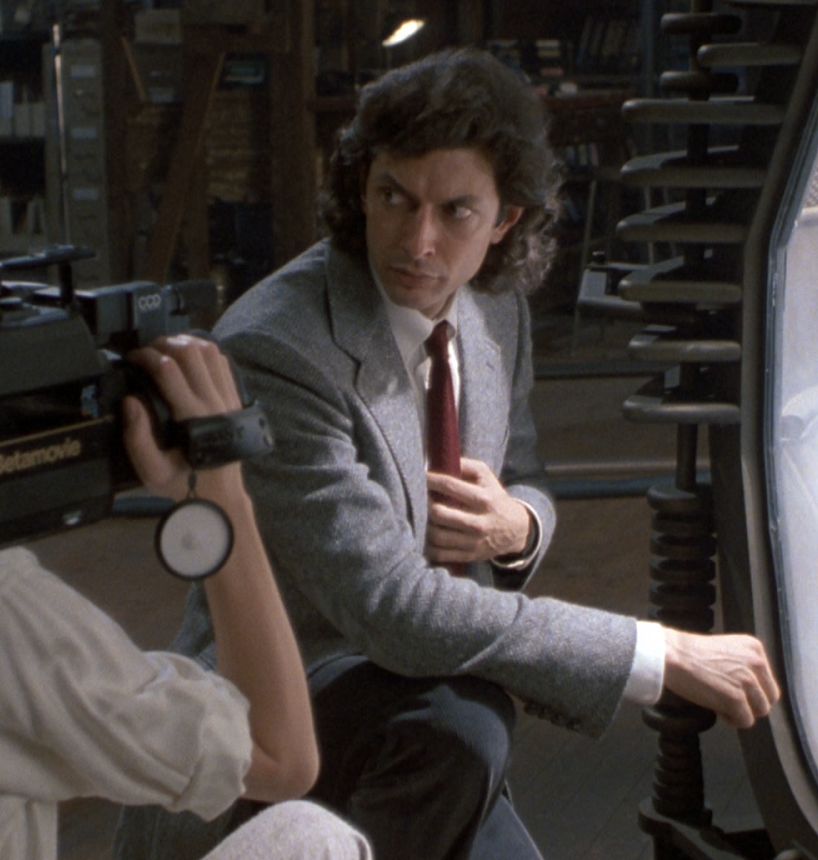
Jeff Goldblum is regarded as the internet’s daddy, but that’s a reputation you have to earn. From his Shatner-esque delivery to his side career as a jazz musician, it’s easy to pigeonhole Goldblum as a kook while forgetting what brought him stardom. As well as Jurassic Park, it was films like The Fly.
[rtk_adunit_top]
The 1958 version of The Fly is classic B-movie horror, and even counts the legendary Vincent Price among its cast. But until the visionary David Cronenberg took the helm in 1986, we hadn’t realised how good – and how gruesome – this story could get.
What keeps this flick moving along is Goldblum’s charisma, but he’s equally capable as a threatening presence. Then Cronenberg’s influence becomes obvious: the ‘Brundlefly’ creature is gut-wrenchingly horrifying, especially as the teleportation disaster escalates.
The Hollywood sci-fi films of today, and culture at large, owe a lot to the doomsaying movies of the 50s, which pushed the envelope like few others. But it would be Cronenberg who’d perfect the science of The Fly.
Plus, it was the 1986 version that gave us the tagline “Be afraid. Be very afraid.” Without that phrase, the English language would simply not exist.
[rtk_adunit_bottom]
Worse – The Wicker Man

Not every classic horror film is lucky with its remake – but few are as unlucky as The Wicker Man. The 1973 version stars the inimitable Christopher Lee and casts Edward Woodward as Police Sergeant Neil Howie. The 2006 film casts Nicolas Cage who, admittedly, is also inimitable.
[rtk_adunit_top]
Cage has rarely been known as a subtle actor – even in his finest moments, the actor is known for his portrayals of manic and unpredictable characters. His policeman protagonist in the 2006 Wicker Man, Edward Malus, follows suit. Worse, so does the rest of the film.
The remake of The Wicker Man is probably best known today for its “not the bees!” line, part of an ending in which Malus is tortured by bees and then sacrificed in the titular structure. But that isn’t the ridiculous part of the film.
Where the 1973 original is deft in its nods to the theme of nature (Britt Ekland, for example, plays Willow MacGregor), the remake bludgeons the audience with it.
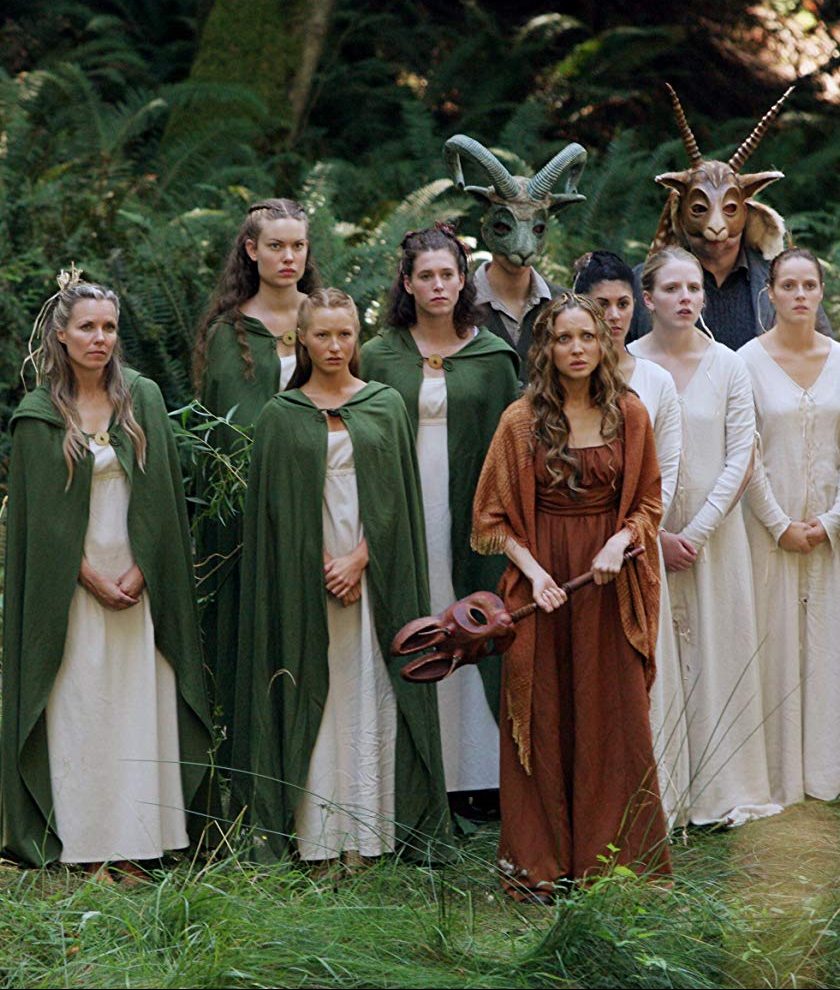
Willow MacGregor becomes Willow Woodward, with other supporting characters named Dr T H Moss, Ivy, and Sister Beech.
[rtk_adunit_bottom]
Better – Ocean’s Eleven
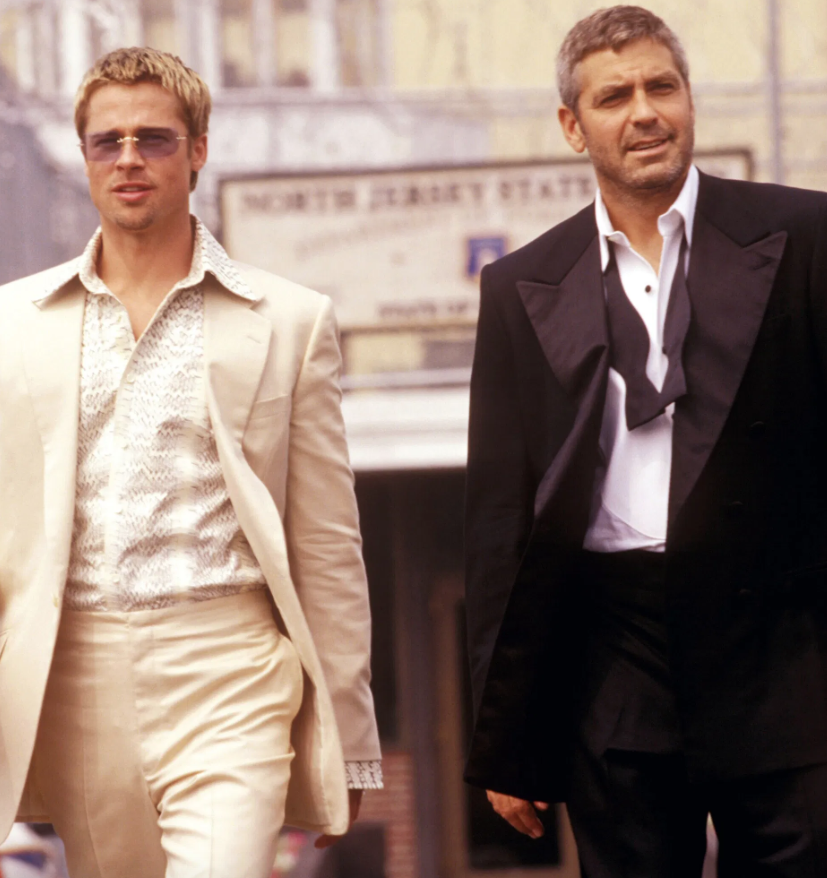
Ocean’s Eleven is the first film in a celebrated trilogy of heist films that are still respected (and parodied) to this day. In 2018, it even got a zeitgeisty all-female spin-off in Ocean’s 8. But the 2001 original is in fact not original at all, instead being a remake of a Rat Pack film.
[rtk_adunit_top]
Released in 1960, Ocean’s 11 – note the difference, grammar pedants – stars Frank Sinatra and the gang as they attempt to simultaneously rob five Las Vegas casinos.
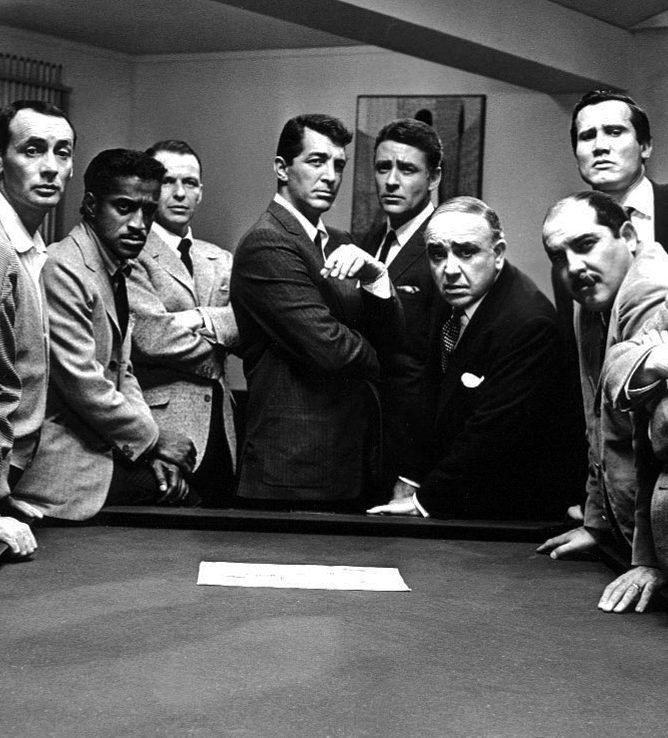
There’s a certain Rat Pack aesthetic to Ocean’s 11 that no film could ever replicate, and Ol’ Blue Eyes both makes and breaks the film. On the one hand, his obvious charisma is a winner. On the other, his insistence on only ever performing one take makes for some off-kilter scenes.
[rtk_adunit_middle]
The 2001 version is far snappier, and its stars are nearing the peak of their powers. George Clooney makes for an able Sinatra substitute, and – whisper it – might be even better.
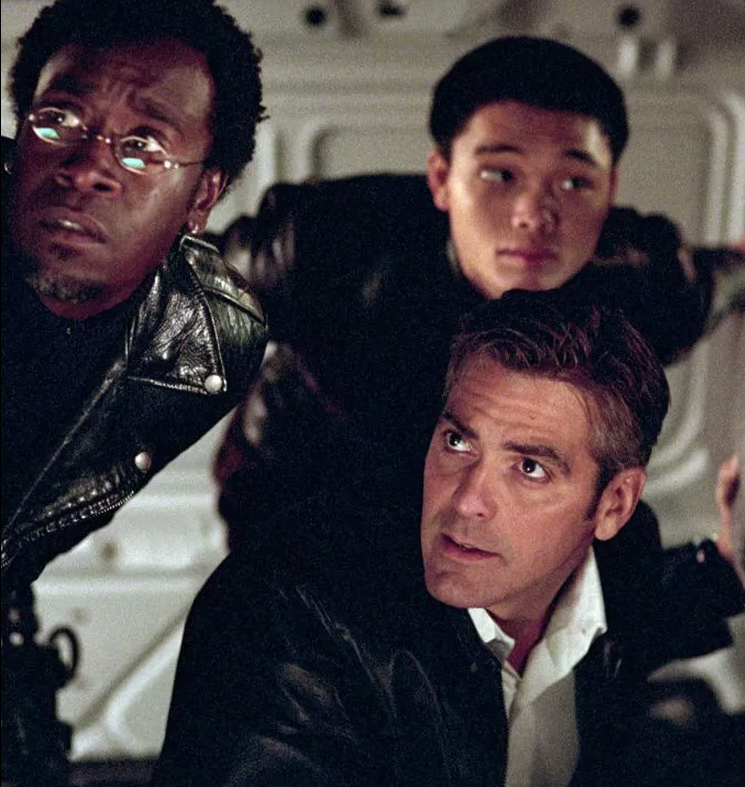
Ultimately, Eleven’s peppy editing and updated stakes make for a better film than Ocean’s 11, whose plodding script and inconsistent Sinatra make it an enjoyable but average experience.
[rtk_adunit_bottom]
Worse – The Day the Earth Stood Still
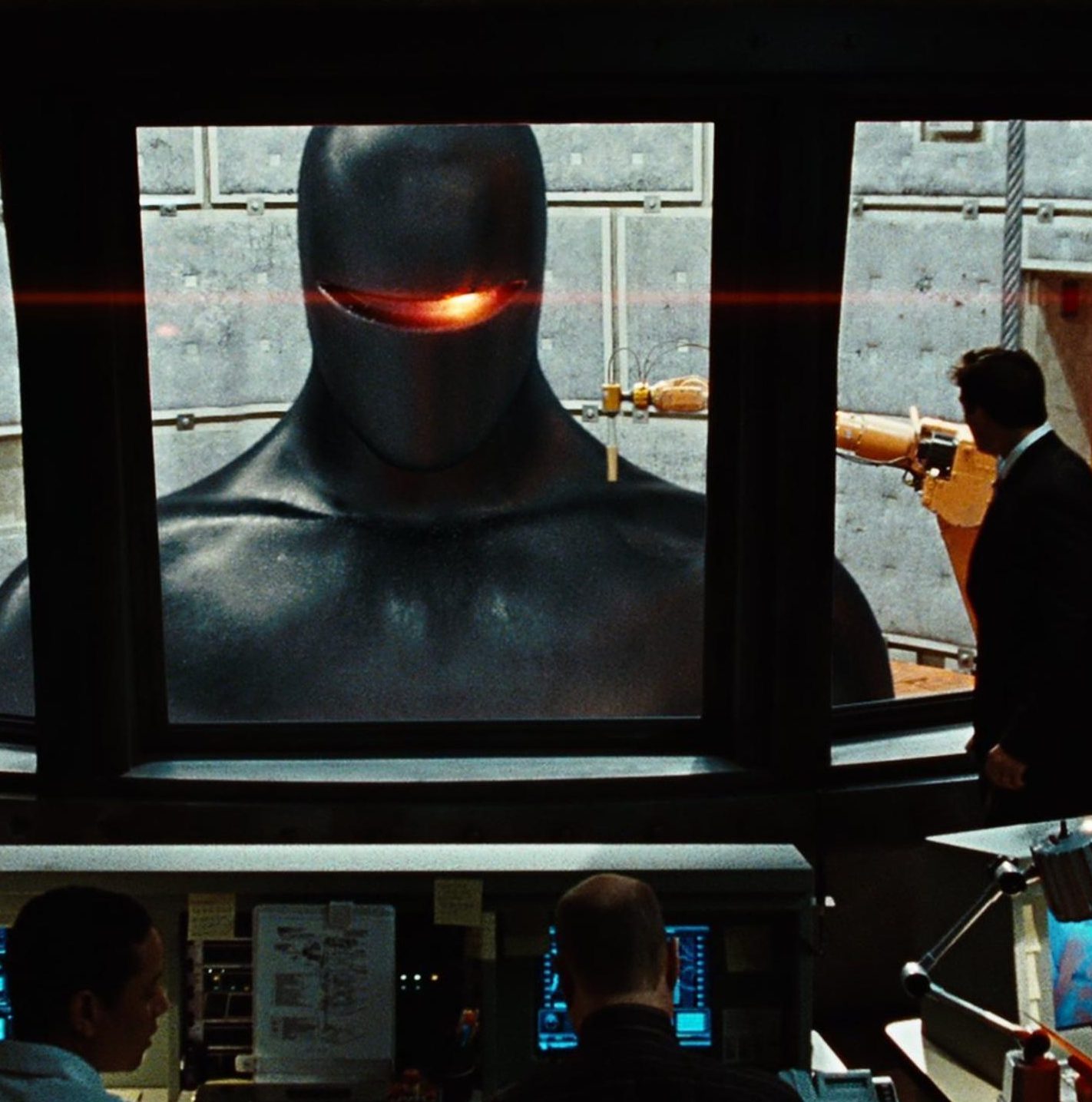
The Day the Earth Stood Still is one of the most famous science fiction stories of all time. The original film, released in 1951, served as a thinly-veiled criticism of nuclear proliferation and war. By 2008, there were different concerns at the door.
[rtk_adunit_top]
In the wake of devastating environmental damage, a Day the Earth Stood Still remake was put into production for release in 2008. Starring Keanu Reeves as the alien messenger Klaatu, the remake focuses on mankind’s destruction of the natural world.

Unfortunately, for all its good intentions, the 2008 film is more than a little confusing. GORT is a very different robot, and dissolves into nanomachines that begin to devour every inorganic material on Earth.
[rtk_adunit_middle]
Reeves is well cast as a mysterious alien, but what’s presumably intended as an enigmatic aura is hit and miss, with the actor’s staring into the middle distance sometimes coming across as the actor thinking about what to have for dinner.
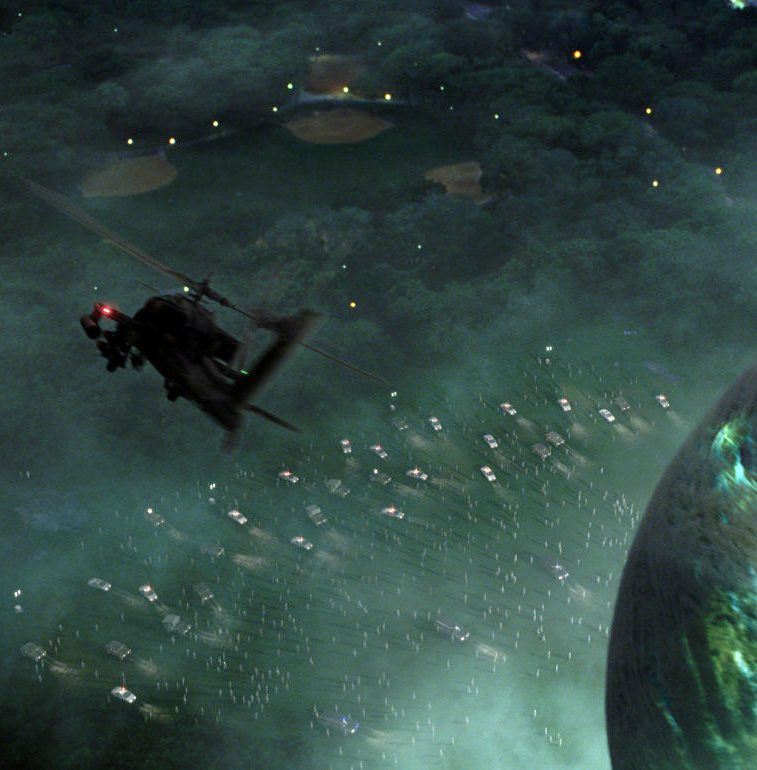
The 2008 Day the Earth Stood Still was a financial success, grossing $233.1 million from a budget of $80 million. But let’s be honest: you forgot this film even existed, didn’t you?
[rtk_adunit_bottom]
Better – The Thing

Things are always better when they’re slimmed down, and that’s why 1982’s The Thing is better than 1951’s The Thing from Another World. Case closed.
[rtk_adunit_top]
In fact, The Thing’s argument is even stronger. The 1982 John Carpenter classic was initially abandoned on its release, largely because audiences flocked instead to ET the Extra Terrestrial’s upbeat portrayal of aliens, but soon became a cult classic on home media.
The Thing from Another World released in 1951 – a bumper year for sci-fi – and was largely interpreted as a warning against the rise of communism in America.
Carpenter’s film picks up from roughly the same place, but with a more human than ideological angle: what if everyone you thought you knew was actually a fraud, and evil at that?
Add what Roger Ebert described as special effects that are “among the most elaborate, nauseating, and horrifying sights yet achieved by Hollywood’s new generation of visual magicians,” and you’re on to a winner.
[rtk_adunit_bottom]
Worse – Psycho

Some remakes entirely miss the point of the original film, and 1998’s Psycho is one of them. Directed by Gus Van Sant, the film plays out like everyone involved watched Hitchcock’s iconic shower scene, but skipped the rest of his 1960 masterwork.
True, the 1998 Psycho pays homage to Hitchcock, often copying camera movements and the original script in an attempt to rekindle old magic. Somewhere along the way, however, it loses its soul.
The content in the 1998 Psycho is more explicit than in the original, and the murder sequences are intercut with dream imagery. What Van Sant seemingly fails to understand, however, is that it’s the lack of violence that underlines the genius of the original.
The original Psycho moderates its violence in the name of suspense; once you’re treated to an excess of blood and gore, as in Van Sant’s film, the suspension of disbelief is broken.
Hitchcock’s Psycho, instead, burrows deep into your mind. Every moment without violence builds tension, escalating until the knife finally, fatally, comes down. That’s real fear.

